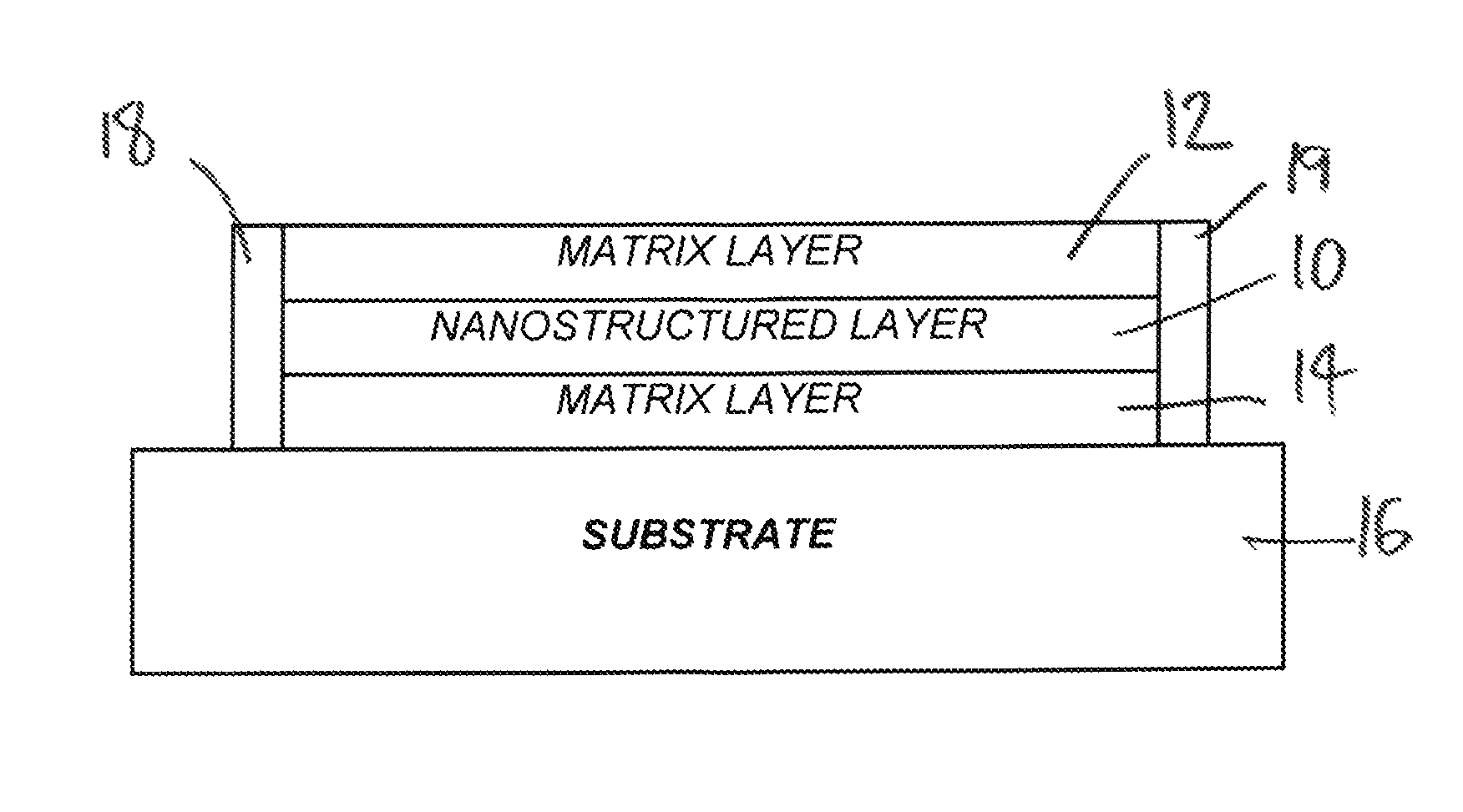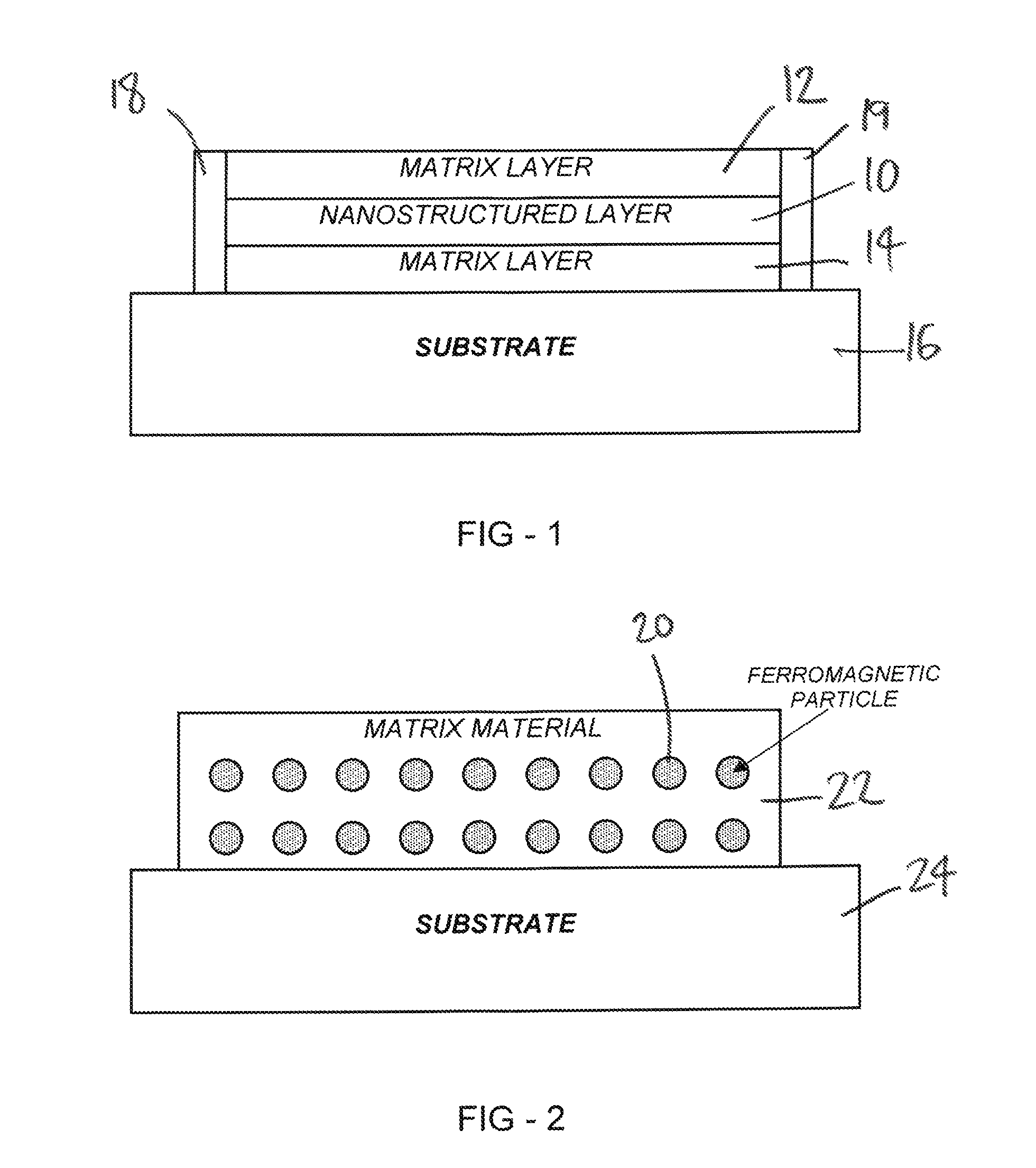Thermally activated magnetic and resistive aging
a magnetic and resistive aging technology, applied in the direction of instruments, testing food, material impedance, etc., can solve the problems of not being able to account for variations in temperature or other ambient conditions during the lifetime, and achieve the effect of increasing capacitance and rapid increase of capacitan
- Summary
- Abstract
- Description
- Claims
- Application Information
AI Technical Summary
Benefits of technology
Problems solved by technology
Method used
Image
Examples
example aging
[0130 sensors include a solid-state structure that can be used to mimic, and hence determine, the aging properties of products, systems, and materials such as food items including dairy products, medical supplies, medical monitoring, chemicals (e.g. volatile chemicals), pathogen (e.g. bacterial) growth, electronic circuits such as semiconductor devices, mechanical components, structural components, materials, and the like. In some examples, the faster aging of hotter items can be monitored and determined using the electrical resistance and / or magnetization of a solid-state device. Other parameters, such as thermal resistance, specific heat, etc. may also be monitored. A distinct change in one or more parameters may be observed representing aging of the item of interest.
[0131]Example solid-state structures include nanoparticles and a matrix material. The nanoparticles may be magnetic nanoparticles, in particular ferromagnetic particles. Ferromagnetic nanoparticles may consist essenti...
PUM
| Property | Measurement | Unit |
|---|---|---|
| temperatures | aaaaa | aaaaa |
| temperatures | aaaaa | aaaaa |
| temperature | aaaaa | aaaaa |
Abstract
Description
Claims
Application Information
 Login to View More
Login to View More - R&D
- Intellectual Property
- Life Sciences
- Materials
- Tech Scout
- Unparalleled Data Quality
- Higher Quality Content
- 60% Fewer Hallucinations
Browse by: Latest US Patents, China's latest patents, Technical Efficacy Thesaurus, Application Domain, Technology Topic, Popular Technical Reports.
© 2025 PatSnap. All rights reserved.Legal|Privacy policy|Modern Slavery Act Transparency Statement|Sitemap|About US| Contact US: help@patsnap.com



